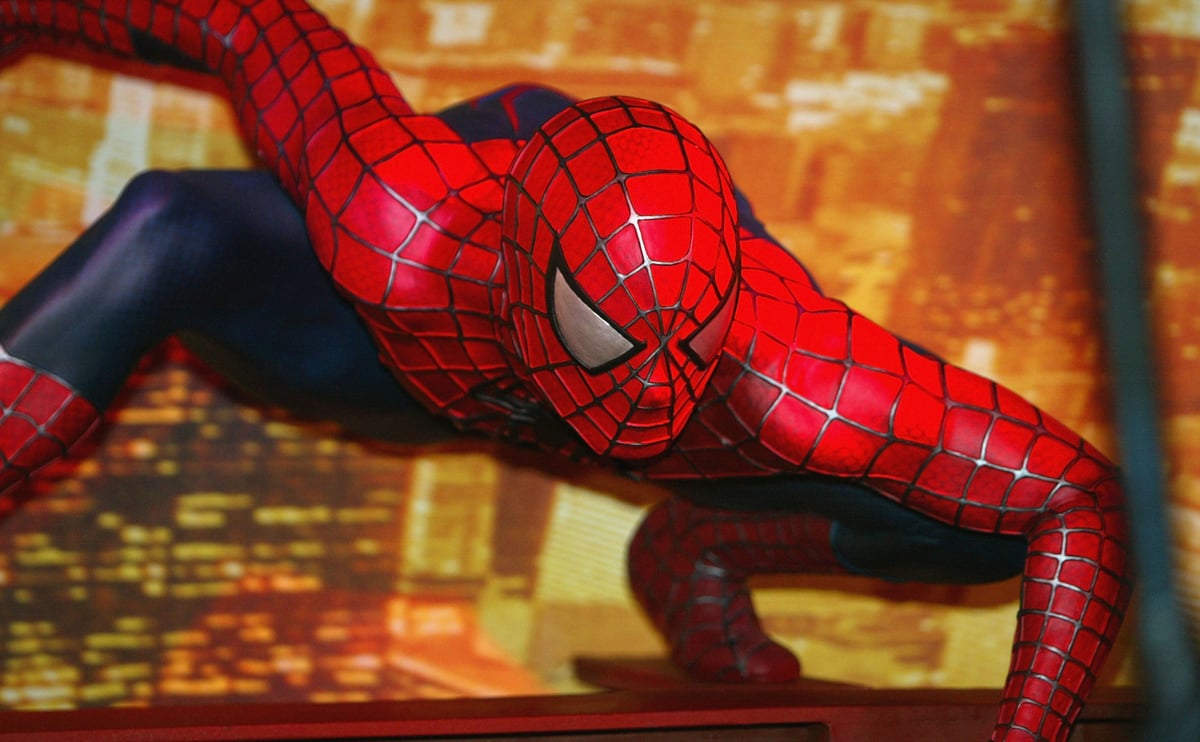Marvel: Stan Lee’s Boss Hated ‘Spider-Man’ When He First Pitched It
Spider-Man is one of the most popular superheroes in the world. But when Marvel legend Stan Lee first pitched the idea of the character, his boss told him it would never work.

Stan Lee revealed a fly inspired ‘Spider-Man’
In the early ‘60s, fresh off the success of the Fantastic Four, Lee was trying to develop new ideas for a superhero. In a 2000 interview with Larry King, the late writer revealed that he developed the concept for Spider-Man after noticing a fly on the wall.
“I saw a fly crawling on the wall, and I said, ‘Wow, suppose a person has the power to stick to a wall like an insect,’” Lee told King. “So I was off and running, and I thought, ‘What do I call him?’ I tried Mosquito Man, but that didn’t have any glamor. Insect Man, that was even worse. I went down the line, and I got to Spider-Man. It sounded mysterious and dramatic, and lo a legend was born.”
But Spider-Man was different from any other superheroes of the time. Lee wrote him as a young teen and tried to make the character charming and relatable. In 1998, he told NPR:
Before Marvel started, any superhero might be walking down the street and see a 12-foot-tall monster coming toward him with purple skin and eight arms breathing fire, and the character would have said something like, ‘Oh! There’s a monster from another world! I better catch him before he destroys the city.’ Now, if one of our Marvel characters saw the same monster, I’d like to think Spider-Man would say, ‘Who’s the nut in the Halloween get-up? I wonder what he’s advertising?
Stan Lee, NPR
Stan Lee’s boss thought ‘Spider-Man’ wouldn’t work
Spider-Man may be globally admired today. But when Lee first pitched the idea, Marvel publisher Martin Goodman rejected it.
“I walked in, and I said I have an idea for Spider-Man, a book called Spider-Man, about a teenager who has a lot of problems,” Lee said in an interview with the Television Academy. “This time, Martin wouldn’t go along with me.”
Goodman suggested the idea of a teen superhero would turn readers off. And he didn’t think the spider angle, topped with the hero’s personal problems, would work.
“He said, ‘Stan, I’m surprised you don’t realize people hate spiders,” Lee recalled. “‘You can’t call a hero spider-man, and a hero can’t be a teenager. A teenager can only be a sidekick. And you say you want him to have problems? Don’t you know what a superhero is?’”
Stan Lee took a chance anyway, and it paid off
When Goodman rejected the idea of Spider-Man, Lee didn’t push. But about a year later, working with artist Steve Ditko, Lee featured the hero in one of the final issues of Amazing Fantasy.
“We had a book we were gonna kill,” Lee told the Television Academy. “When you drop a book nobody cares what you put in the last issue because you’re killing it. So just to get it out of my system, I put Spider-Man in, and I featured him on the cover.”
The comic book went on sale. And when the returns report came in, Goodman realized Spider-Man was a success.
“When the sales figures came in, Martin came running into my office and said, ‘Stan, do you remember that character of yours, Spider-Man, that we both liked so much? Why don’t you do a series of them?’ I will never forget that.”
The solo Spider-Man comic book, The Amazing Spider-Man, was released in 1963. It was followed by several series and eventually became Marvel’s top-selling series.


